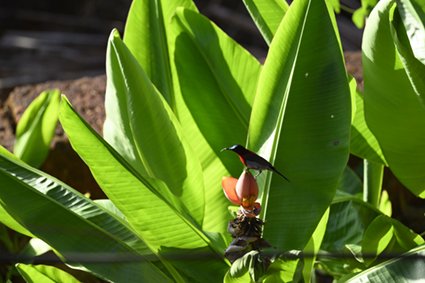eaj101
Well-known member
I've been trying to shoot nesting owls. The nest is 80' up in a tree and the closest I can get (or would want to. I don't want to injure them) is @80 yards away on a hillside. There's a fire road with hikers and mountain bikers between us, so I'm sure i'm not bothering them. The nest was occupied last year as well and the owlets left around the second week of May. It's a great scene, the owlets are a couple of weeks old right now, white fluff balls.
So, I can't get closer. I'm using two setups, a Nikon Z7+600 f/4D+TC20, and an Olympus M1 mkII+300 f/4+TC20. Big tripod and gimbal, remote release. Neither Nikon nor Olympus TCs can be stacked (You can remove the tab on Nikon TCs that keeps them from stacking).
I'm not really happy with the image quality with either rig, which is probably as much due to my technique as anything else.
So a question to the group: what would you do with the situation?
So, I can't get closer. I'm using two setups, a Nikon Z7+600 f/4D+TC20, and an Olympus M1 mkII+300 f/4+TC20. Big tripod and gimbal, remote release. Neither Nikon nor Olympus TCs can be stacked (You can remove the tab on Nikon TCs that keeps them from stacking).
I'm not really happy with the image quality with either rig, which is probably as much due to my technique as anything else.
So a question to the group: what would you do with the situation?


